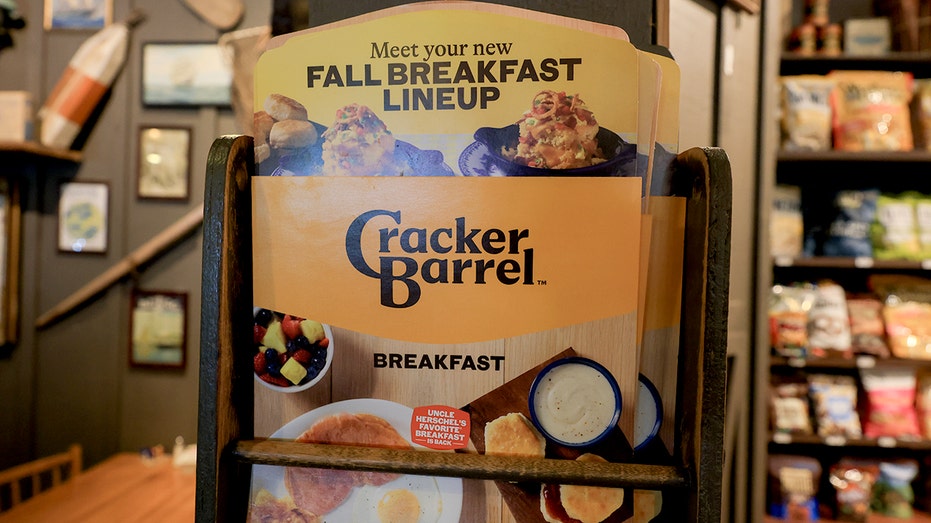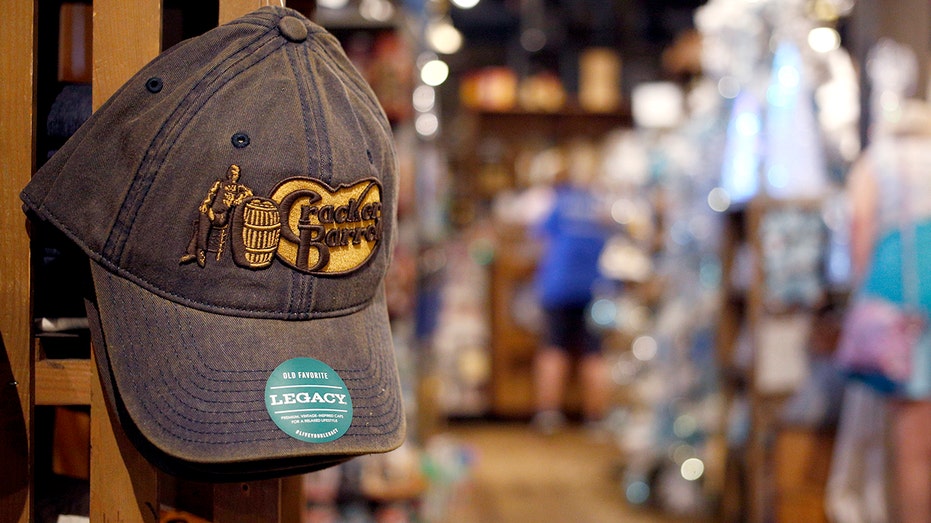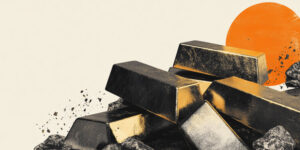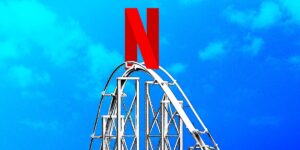The online backlash that ensued following Cracker Barrel’s multi-million-dollar re-branding effort was a lot more than just losing an illustration of an older man in rustic clothing resting his arm on top of a wooden barrel.
Cracker Barrel is far from the only company to revamp its image, but its decision to do so struck an unexpected chord with customers because it risked erasing a cherished sense of nostalgia, according to experts.
The old folksy image logo, which embodied the brand’s southern hospitality for the last 56 years, was replaced with a text-only design. It not only ignited backlash but caused the brand’s stock price to drop. Shares of Cracker Barrel tumbled more than 12% on Thursday, the steepest drop since April, before ending the session down over 7%.
Critics said the rebranding is a risky move for a company already struggling with thin margins.
In a statement to FOX Business, Cracker Barrel said its values haven’t changed and that “Uncle Herschel remains front and center in our restaurants and on our menu.”
CRACKER BARREL JOINS BUD LIGHT, TARGET IN BRANDING BACKFIRES
“Cracker Barrel has been a destination for comfort and community for more than half a century, and this fifth evolution of the brand’s logo, which works across digital platforms as well as billboards and roadside signs, is a call-back to the original and rooted even more in the iconic barrel shape and word mark that started it all back in 1969,” the company said.
But, “this isn’t just about aesthetics, It’s about the emotional thread that a logo weaves with generations of customers,” Lynn Smith, CEO of Lynn Smith Media & Communications, told FOX Business. “By removing the classic Uncle Herschel imagery, Cracker Barrel didn’t just redesign a logo, they took away a piece of everyday Americana according to the customer.”
Smith who has consulted with companies on crisis communications, said it is similar to “Bud Light deciding they didn’t want to be the beer to be in frat houses, the audience has other plans.” Smith continued, saying that “when branding touches core values that feel personal, change doesn’t feel like progress, it feels like erasure.”
| Ticker | Security | Last | Change | Change % |
|---|---|---|---|---|
| CBRL | CRACKER BARREL OLD COUNTRY STORE INC. | 54.27 | -0.14 | -0.25% |
Ian Baer, founder and CEO of the marketing consultancy and strategic insights platform Sooth, agreed the backlash was never truly about the logo, calling it an “emotional shockwave.”

“It’s one many people are primed to feel anytime a cultural icon is updated or made more inclusive. We’ve seen it before: Aunt Jemima and Uncle Ben’s triggered similar reactions — but those brands weathered the change because the execution was carried out in a highly deliberate way,” Baer said.
CRACKER BARREL EXECUTIVE INSISTS RESTAURANT REMODELS ARE ‘WHAT THE GUESTS ASKED FOR’
Compared to Cracker Barrel, those brands “carefully handled the narratives instead of just letting things happen,” he added.
There are still many cases in which logo changes pass quietly because they don’t disrupt the emotional contract a brand holds with its audience, but Baer argued that Cracker Barrel is a different case becasue it isn’t just a restaurant.
“It represents a particular kind of Americana: tradition, comfort, identity,” he said, adding that “when a brand like that changes, even subtly, it invites interpretation: What are you changing, and why now? And more insidiously to some: Who are you trying to appeal to?”

Any change in today’s climate is read through a cultural lens, according to Baer.
“We’re at a point where not taking a side is taking a side — and that means even a design tweak can feel like betrayal if someone holds a certain tradition close to their heart.”
When a company re-brands itself, aesthetics and emotion are equally important. While Walmart, Burger King, and Cadillac modernized successfully because they stayed emotionally grounded, Jaguar misfired because it tried to reinvent itself without truly understanding how its audiences had evolved — or hadn’t, he added.
“My advice to any brand: Invest in understanding your customers — not just yours, but also your prospects and even your competitors’. That kind of insight doesn’t eliminate risk, but it does turn wild cards into calculated bets,” he said.
Read the full article here
















